Klimt / Schiele: Drawings from the Albertina Museum, Vienna at the Royal Academy of Arts
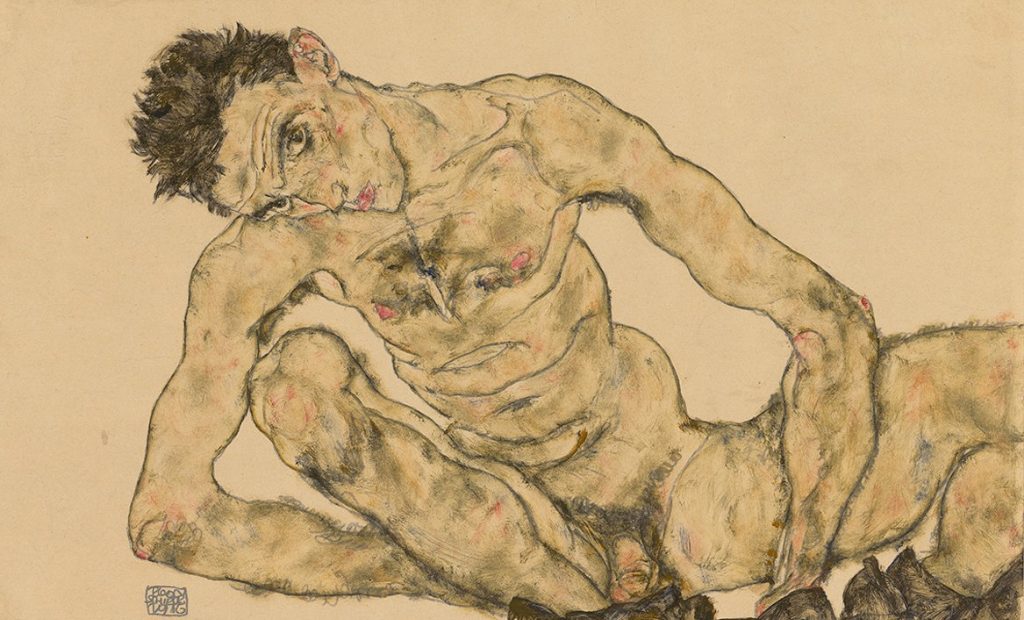
Drawing is sometimes treated as a secondary medium in the art world, a less expensive afterthought to painting and sculpture. But drawings can be immensely powerful in their own right, as proved by the new gem of an exhibition at the Royal Academy – Klimt / Schiele: Drawings.
Nestled at the heart of the show is a work by Egon Schiele that is, quite simply, captivating. Small in size and drawn in black crayon on rough packing paper, The Cellist depicts a man sitting as if playing his musical instrument, but the cello itself is absent. Instead, we look into a void, into the outlined shape of the musician’s body, like a glimpse into his soul. A swathe of red watercolour flames up from his groin, as if from the physical and emotional touch of the invisible instrument, while his flushed cheeks and ears suggest an intense, even sexual, pleasure derived from his art.
In the work of both Egon Schiele and Gustav Klimt (28 years Schiele’s senior) on view throughout this showcase, art, sex and the absence caused by death are inextricably linked together. Bodies abound: naked women are sketched lost in the ecstasy of masturbation (in Klimt’s depictions) or staring directly at the viewer, displaying their bodies (Schiele). In one self-portrait, Schiele depicts himself squatting awkwardly, legs spread, nude. The works feel shocking even today, 100 years on from both artists’ deaths.
Although it throws light on the relationship between the older, successful Klimt and the underappreciated, troubled Schiele, the exhibition founders slightly on the fact that the two artists approach drawing in very different ways. Most of the Klimt pieces in the show are preparatory drawings or casual sketches, and they notably lack the power of his complete painted works. Schiele’s drawings, on the other hand, are intended to be works in their own right, often using watercolour or gouache touches, where the unfinished characteristics of a sketch are appropriated to present unsettlingly truncated bodies and surrealistically floating objects. The younger artist is shown to be a master of his medium, whereas Klimt’s drawings looks less dynamic and even occasionally staid in a comparison that perhaps doesn’t give the full picture.
The exhibition could also have delved a little more deeply into the difficult gender politics of Klimt’s and especially Schiele’s work. One drawing by the latter depicts a naked young girl; the caption reminds us that we don’t know how old she is and that the age of consent in Vienna was only 14, but that doesn’t detract from the fact that Schiele depicts her as a sexualised child. It would perhaps be better to use the piece to open a debate on these issues, rather than close it down.
Nevertheless, the works on view in this elegantly arranged show undoubtedly pack a punch: they evoke a spectrum of emotions and appeal to the breadth of human experience. The arrangement also highlights the context in which the two artists lived and died, effectively drawing out parallels and differences and exploring the impulses that made their approaches so radical.
Anna Souter
Featured image: Egon Schiele, Nude Self-Portrait, Squatting, 1916
Klimt / Schiele: Drawings is at the Royal Academy of Arts from 4th November 2018 until 3rd February 2019. For further information visit the exhibition’s website here.


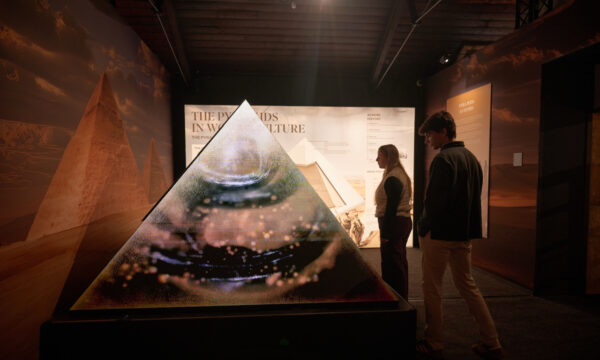
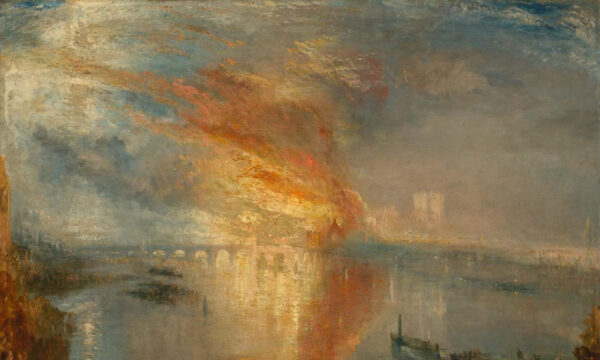
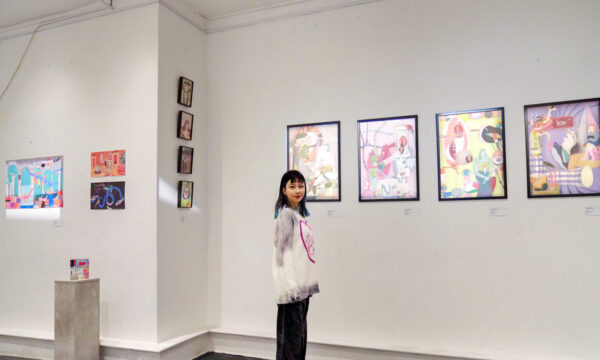
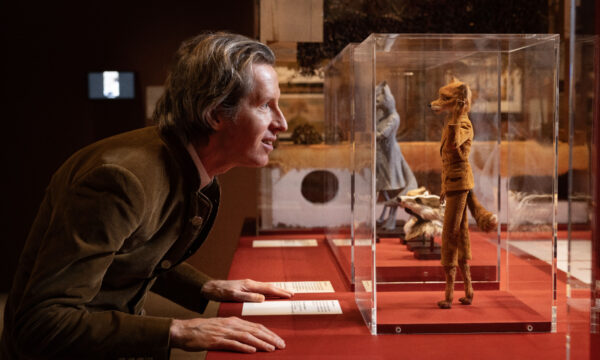
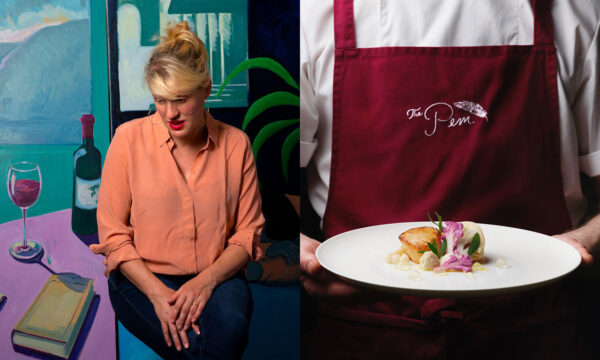
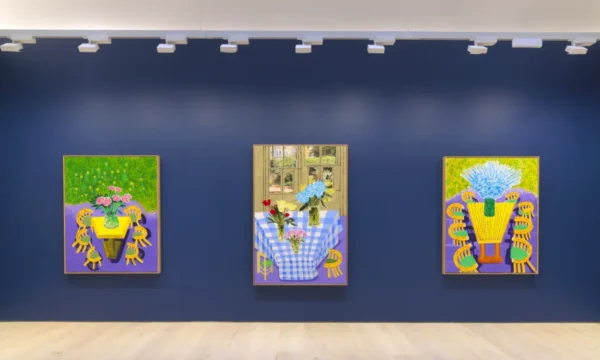
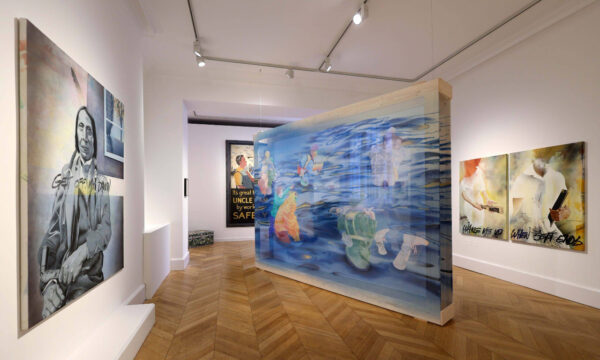
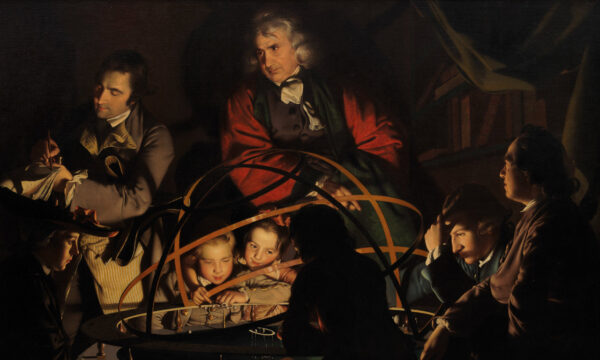
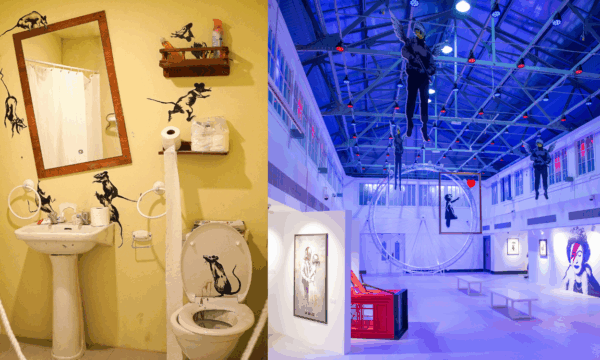
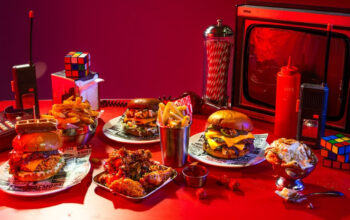
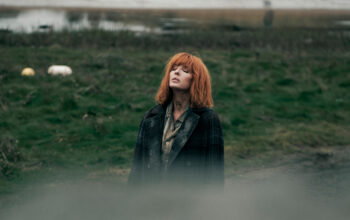
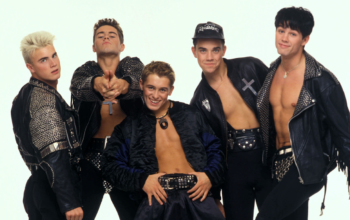
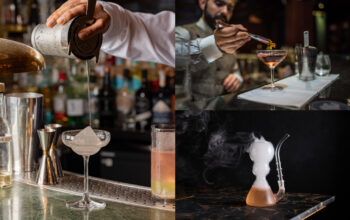






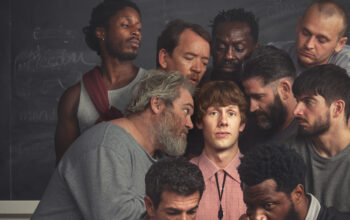

Facebook
Twitter
Instagram
YouTube
RSS